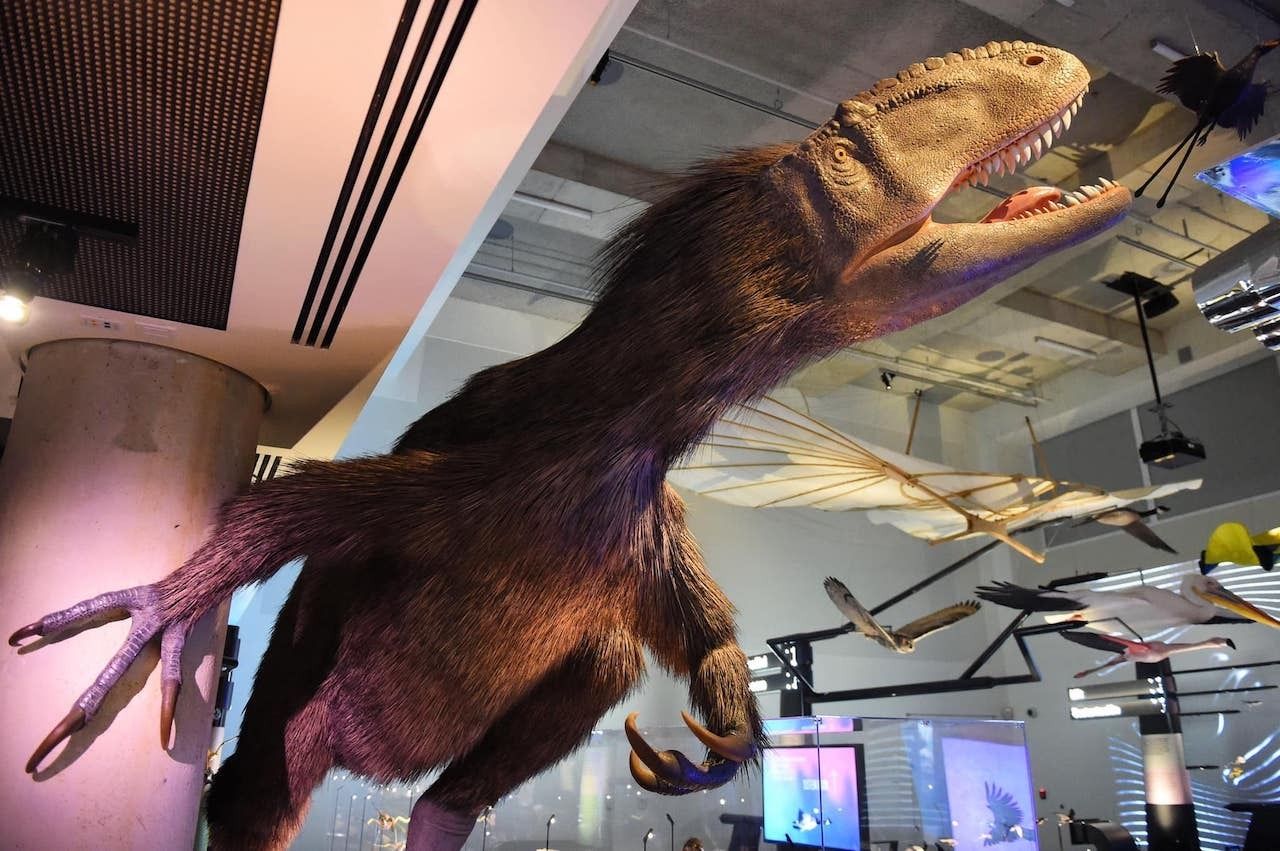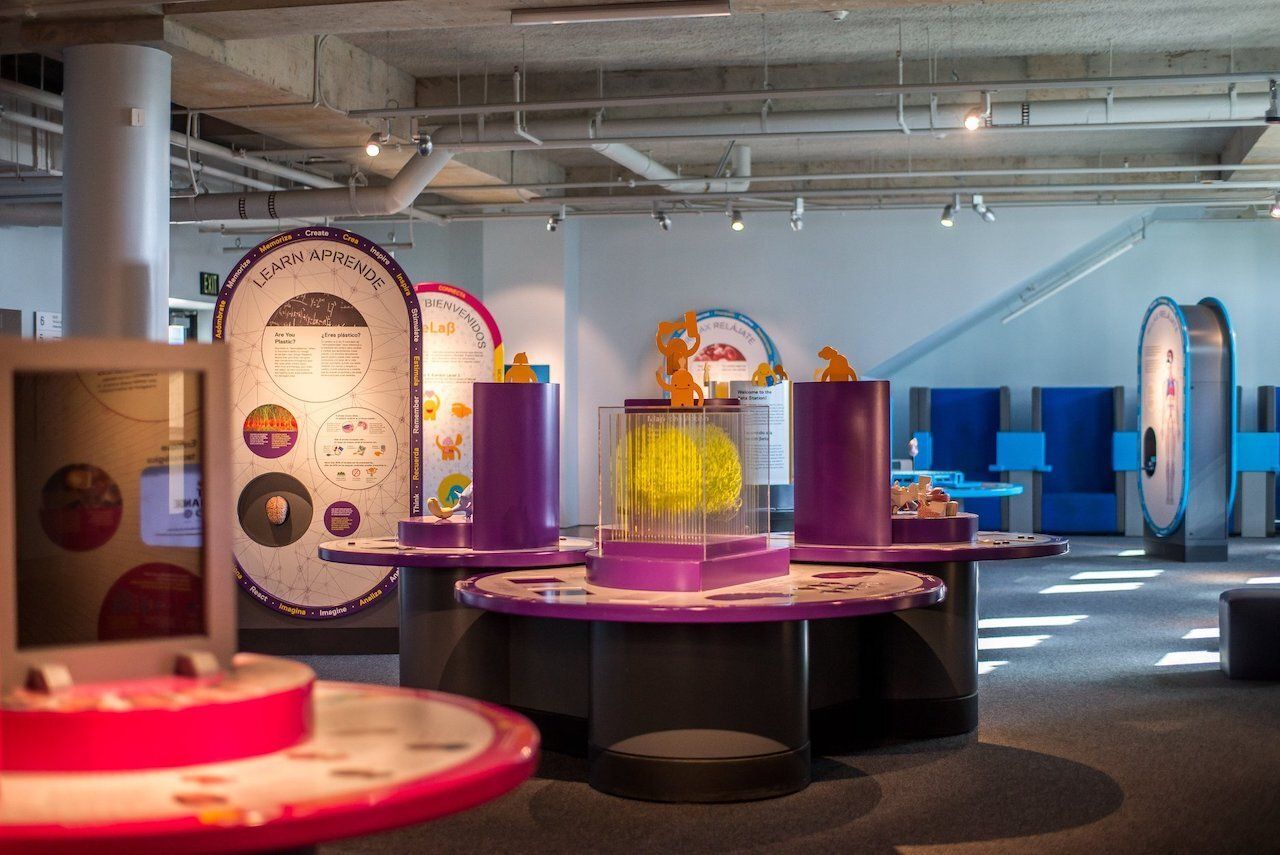Like so many things in Miami, the Phillip and Patricia Frost Museum of Science is made to be photographed. America’s most aesthetically pleasing science museum is chock-full of Instagrammable moments, from its sprawling top-floor view of turquoise waters and glimmering towers, to its underwater windows bathed in soft blue natural light.
But unlike a lot of pretty things in Miami, the Frost Museum has substance. A lot of it. Part aquarium, part science museum, it can teach you more about the ecology and evolution of South Florida in a few hours than some locals learn in a lifetime. And while it’s easy to get caught up in its beauty, taking time to delve into the Frost Museum’s exhibits can be just as memorable. We took a deep dive with VP of Animal Husbandry and Marine Conservation Andy Dehart and Director of Animal and Museum Exhibits Skip Uricchio, and they showed us how to make the most of your time at the Frost Museum of Science.













